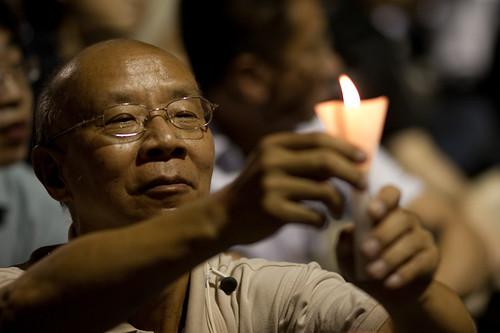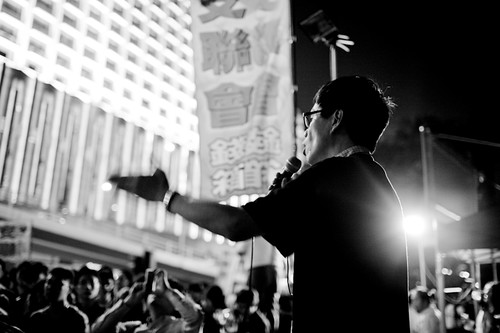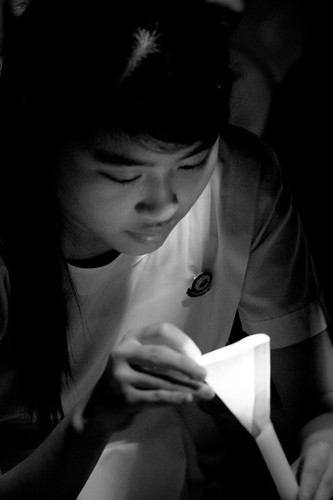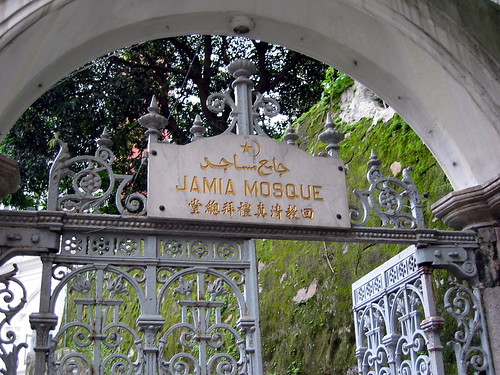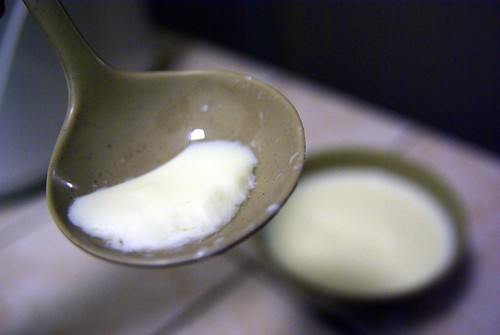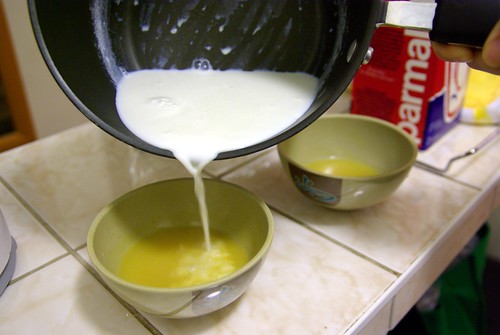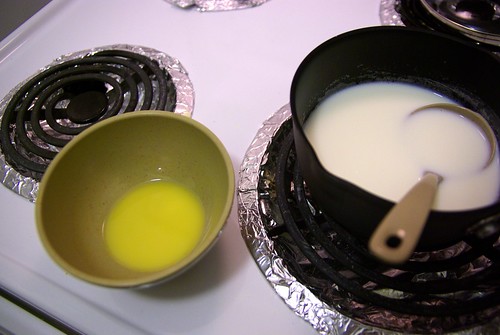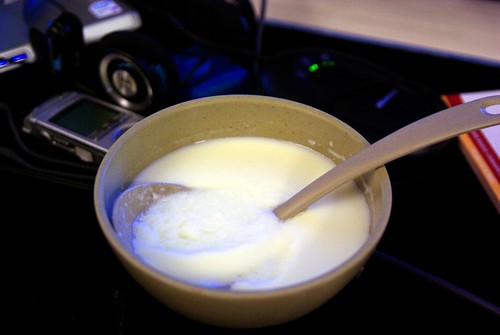(Archives de Radio-Canada, diffusion originale: 1963-09-06) Le site des Archives de Radio-Canada recèle de nombreux petits trésors, dont ce clip vidéo sans narration de sept minutes, datant de 1963 et qui traite du parc Belmont. Le célèbre parc d’attractions était situé à Cartierville au nord-ouest de Montréal et ferma définitivement ses portes en 1983, après … Continue reading “Le parc Belmont et la mort du parc d’attractions ailleurs dans le monde”

(Archives de Radio-Canada, diffusion originale: 1963-09-06)
Le site des Archives de Radio-Canada recèle de nombreux petits trésors, dont ce clip vidéo sans narration de sept minutes, datant de 1963 et qui traite du parc Belmont. Le célèbre parc d’attractions était situé à Cartierville au nord-ouest de Montréal et ferma définitivement ses portes en 1983, après 60 années d’existence.
Les problèmes du parc Belmont débutent dès la création de La Ronde, lors de l’exposition universelle de 1967. Malgré une année record, en 1972, de 750 000 entrées, le nombre de visiteurs diminue progressivement. Même l’arrivée de nouveaux manèges ne suffit plus à maintenir l’achalandage. En 1979, l’accident du manège « paratrooper » blesse deux enfants et ruine l’image de l’institution. Elle vieillit mal. L’été avant sa fermeture, le parc Belmont n’obtient que 316 000 entrées.
Avec les plaintes d’un voisinage résidentiel, une descente de police, qui nuit à sa réputation, et une hausse des taxes, le parc Belmont est condamné à fermer ses portes le 13 octobre 1983.
Je n’ai aucune mémoire du parc Belmont, étant né que quelques années avant sa fermeture finale. Des lieux comme le Belmont exercent une certaine fascination chez moi, peut-être parce qu’ils témoignent d’une époque révolue, celle de l’amusement par des moyens technologiques qui ont peut-être fait leur temps, comme la maison hantée et les montagnes russes, maintenant remplacées par un bon jeu vidéo à la Half-Life, ou le dernier Indiana Jones.
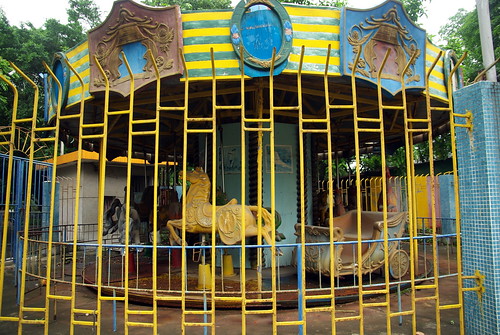
Ailleurs dans le monde, on peut aussi à l’occasion rencontrer des parcs d’amusements abandonnés sur son chemin. Cette photo fût prise au début du mois de mai, et provient du parc Changsha (长沙公园) dans la ville de Kaiping, province du Guangdong, dans le sud de la Chine. Le Changsha est un parc boisé de la taille de notre Carré St-Louis, en plein centre-ville (deux blocs à l’est du terminal de bus inter-cité), et qui a maintenant l’air de servir de parc public.
Parmi les manèges abandonnés (ça m’étonnerait qu’on les époussète juste à chaque année l’été venu) – un carrousel, des navettes rotatives, et une arène d’autos tamponneuses, sans autos tamponneuses – se trouvait aussi un centre d’activités municipal dont on se servait encore, vu les jeunes qui en sortaient, alors que nous passions dans le parc.

Lors d’un voyage précédent en Asie, au printemps 2005, cette fois-ci à Hong Kong, j’avais été à une exposition photographique intitulée « Hong Kong Four-Cast » au Musée de l’Université de Hong Kong et dont un recueil fût publié à la suite.
Les pièces les plus marquantes pour moi furent celles du défunt Lai Chi Kok Amusement Park, ou Lai Yuen (荔園) pour les intimes. La photographe hongkongaise Wong Wo-bik avait alors pris des clichés du parc d’attractions et zoo à la veille de sa destruction en 1997, alors qu’il était déjà abandonné depuis quelques mois.
Lai Yuen était encore au début des années 80 le château des illusions et de l’épouvante où des milliers d’enfants et d’adultes se pressaient. Wong Wo Bik a ainsi recueilli ces vestiges et a par juxtaposition ou autres procédés recréé ces images : Des lieux éphémères plein d’imagerie populaire qui ont compté dans la vie des Hongkongais et ont disparu sans laisser aucune trace. C’est un passé recréé pourrait-on arguer, mais tout passé est recréé par la mémoire humaine qui le transforme continuellement en fonction du présent.
(Suite au site de l’Alliance Française de Hong Kong)
Situé alors dans le Nouveau Kowloon, autrefois loin des principaux centres urbains de Hong Kong, le Lai Yuen était un des endroits favoris des excursions de fin de semaine des Hongkongais. Les développements résidentiels se succédèrent, jusqu’à ce que le Lai Yuen lui-même se fasse gober par un projet d’habitation.
Cet article fût publié le 17 juin 2008 dans Spacing Montréal.


